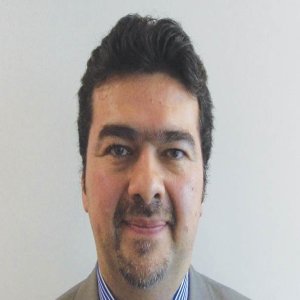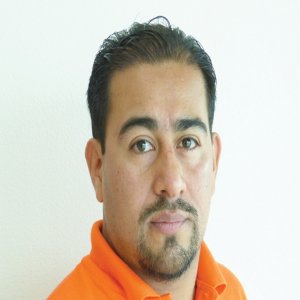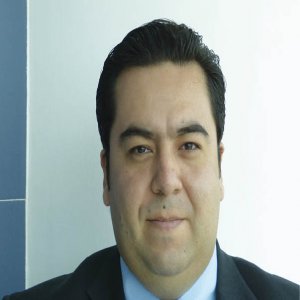Investment in R&D Opens Up New Seismic Opportunities

STORY INLINE POST
As a manufacturer of state-of-the-art seismic equipment for land, marine, and downhole environments, and as a company that possesses the largest geographic reach of any seismic manufacturer in the oil and gas industry, Sercel is well positioned to endure the current downturn following the drop in oil prices. Sercel continues investing around 6% of its revenue in R&D, which amounted to nearly US$50 million in 2014, vastly exceeding the investments made by its competitors. Robin Ellis, Vice-President of Sales & Marketing at Sercel, claims the company’s global reach enables it to effectively monitor the market in order to fully understand the issues its clients are experiencing. “This enables us to meet our client’s needs by providing the best equipment for a specific job to allow them to be more competitive,” he says. “Industry leader CGG recently carried out extremely complex, high-resolution, broadband, wide azimuth marine seismic surveys in the Gulf of Mexico. These were multi-vessel seismic surveys, which deployed a large number of Sercel’s Sentinel Solid Streamers. Since these vessels were very high-tech, they managed to take advantage of the low-noise characteristics of the Sentinel Solid Streamers. The streamers’ positioning was handled by Sercel’s Nautilus streamer positioning system. Given the multi-vessel environment of these surveys, CGG needed to synchronize the timing of the data acquisition between vessels, which was controlled by Sercel’s Seapro Nav navigation systems.”
Regarding onshore operations, Sercel works with COMESA, which has performed a number of surveys in highly challenging environments with significant social issues in the states of Tabasco and Veracruz. “Damage and theft threatened the equipment, but COMESA was able to safely complete these very challenging surveys with our UNITE land wireless acquisition system,” Ellis mentions. These surveys can also be performed in urban environments so Sercel has had to develop equipment that works efficiently in cities. The company has deployed UNITE in Villahermosa and Heroica Cardenas, enabling COMESA to acquire seismic data from the center of those cities, which would have been impossible with a cable-based system. UNITE provides highspeed wireless data harvesting, which facilitates the quick retrieval of information, eliminating the need to transport boxes to a central location and thereby avoiding the threat of data theft. Ellis explains that UNITE makes it possible to drive by at a relatively high speed or fly over with a helicopter to retrieve the data wirelessly, which was a great advantage for COMESA during these surveys. “In the north of Mexico, another client, Geokinetics, carried out a very high density, high production Vibroseis survey over the Galaxia project in Coahuila. This client managed to achieve high production levels and acquisition volumes that previously had only been possible with cabled systems. The problem in that area is that cattle damage the cables by chewing on them. Geokinetics was able to overcome this obstacle during the Galaxia survey by deploying 40,000 wireless channels,” explains Ellis.
In early 2015, Sercel introduced a new generation of MEMS digital sensors. “They have now been commercially deployed in the field and we look forward to fielding this new product in Mexico at the first opportunity,” Ellis comments. Another innovative product in Sercel’s portfolio, Quiet Sea, is designed to enable seismic operators to comply with ever-stricter environmental regulations by monitoring and detecting mammal activity around marine seismic operations in real time. This product is completely unique in that it enables operators of marine seismic acquisition systems to detect mammal activity, and it also provides the range and bearing from the survey vessel, as well as the type of species. This powerful tool allows the user to comply with local environmental regulations concerning what to do in the presence of whales and other sea mammals. Sercel is currently introducing a new generation seismic acquisition system, the 508 XT. It is based on cross-tech that combines the best of cabled and wireless system technologies in a single package. The 508 XT is not yet available in Mexico but the company expects to roll it out here in the near future. This system also improves sustainability by eliminating the need for a large number of lithium-ion or lead-acid batteries, while also reducing travel time and HSE risks associated with the daily maintenance of such batteries and their disposal at the end of life. One of the main features of the 508 XT is that it is 100 times more energy efficient than most wireless systems available today.
Sercel also sees great potential for the use of its safe fracking tools, which are being used extensively in the US. “The very latest fracking techniques call for real-time monitoring, especially in multi-well environments,” says Ellis. “The UNITE system used on the surface, in combination with Sercel’s SlimWave downhole VSP tool, is the ideal system for such realtime monitoring. Based on our experience in the US, we fully expect to use UNITE, along with a high-speed data wireless backhaul system, to connect discrete, distant, autonomous patches of surface seismic channels that are required in the geometry that companies currently use to monitor fracking.”





















